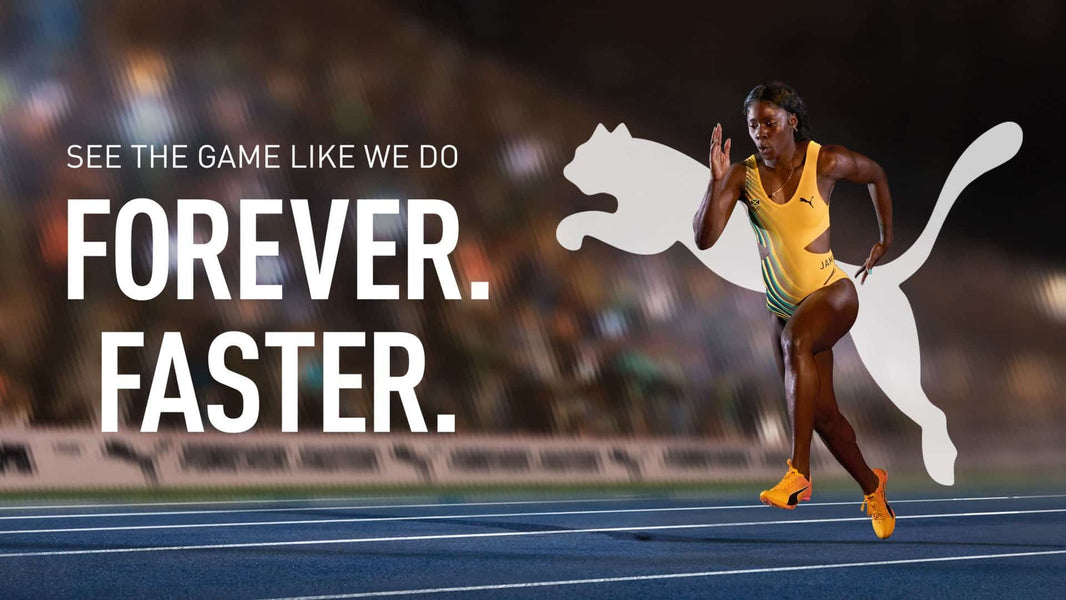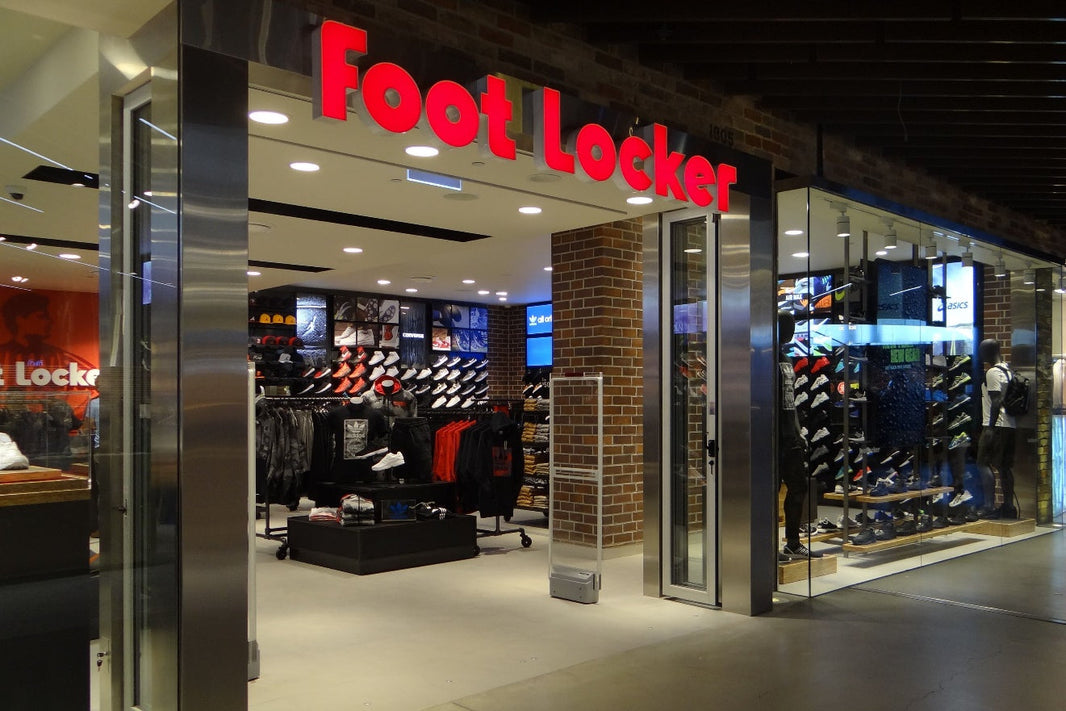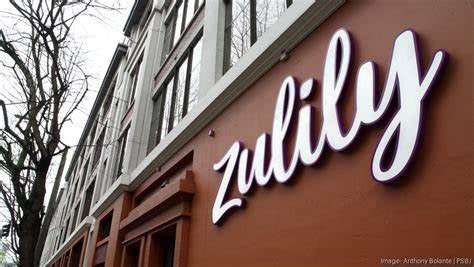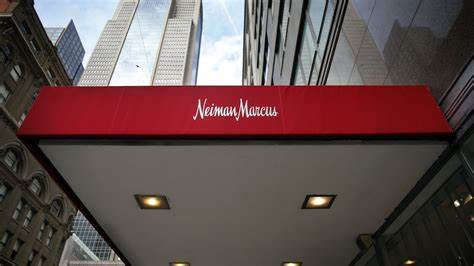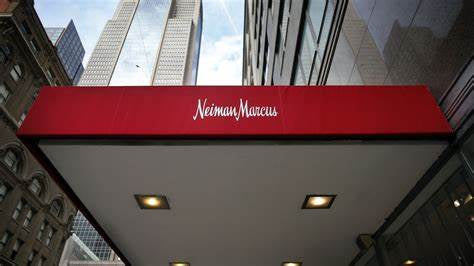Puma is stepping up its game in the sportswear industry with the launch of “Go Wild,” its most ambitious global campaign to date. Announced on Thursday, this initiative marks a significant evolution in Puma’s brand identity, backed by a hefty 40% increase in marketing investments for 2024, as revealed by Richard Teyssier, Global Vice President of Brand and Marketing. This SEO-optimized exploration delves into how Puma is redefining sportswear marketing, targeting new audiences, and setting itself apart from competitors like Nike with a fresh, authentic approach.
Puma’s New Brand Identity: Sport as Self-Expression
Unlike Nike’s long-standing “performance at any cost” philosophy, Puma’s “Go Wild” campaign repositions sport as a vibrant avenue for self-expression, enjoyment, and social connection. This shift is more than a tagline—it’s a core belief now driving all of Puma’s communications. “We truly believe that by being your true self, listening to your own beliefs, and embracing who you are, you can achieve excellence,” Teyssier stated. This focus on authenticity aims to resonate with a diverse, global audience, particularly younger consumers like Gen Z, who value individuality over rigid performance metrics.
This new brand positioning isn’t just a creative whim—it’s a strategic move to secure long-term, sustainable growth in a competitive market. By emphasizing joy and connection over sheer athletic achievement, Puma is carving out a unique space in the sportswear landscape.
The “Go Wild” Campaign: A Multichannel Masterpiece
Puma’s largest global advertising effort yet, “Go Wild,” launched across an impressive array of platforms: digital, out-of-home (OOH), PR, social media, TV, and retail. This multichannel strategy ensures maximum visibility and engagement, appealing to consumers wherever they are—whether scrolling Instagram, watching TV, or passing a billboard.
At the campaign’s core is a 60-second ad that’s as entertaining as it is universal. Featuring a diverse cast—think a marathoner, a mom with a jogging stroller, a dog walker, and a mountaintop runner—the spot is set to a playful reworking of Afroman’s 2000 hit “Because I Got High.” The updated lyrics swap the original weed-induced haze for the euphoric “runner’s high,” humorously capturing why people run. “The story is universal, and the insight is unique,” Teyssier noted, highlighting its broad appeal. This cultural tie-in not only hooks viewers but also boosts the campaign’s shareability—a key factor in today’s social media-driven world.
Research and Strategy: A Data-Driven Approach
Puma didn’t stumble into “Go Wild” by chance. Over the past year, the company conducted extensive research, surveying over 10,000 consumers worldwide to refine its audience segmentation. The result? A focus on two key groups—“convivial belongers” and “inspiring self-expressers”—who together account for 42% of the performance and leisure market. These segments align perfectly with Puma’s DNA, making them the campaign’s primary targets.
Gen Z, in particular, is a priority. Puma ties running to self-expression, mirroring how this generation engages with social media and admires icons like Usain Bolt or the viral 2024 Olympic shooter Yusuf Dikeç. “When Gen Z thinks about the world, these insights resonate more than performance at any cost,” Teyssier explained. This data-driven strategy underscores Puma’s commitment to understanding and connecting with its audience on a deeper level.
Early Results and Investment: Betting Big on “Go Wild”
The campaign’s rollout is just beginning, but pre-launch tests by System1 already signal success. “Go Wild” ranks in the top 5% of sales-driven ads for effectiveness and the top 1% for long-term brand impact in the U.S., China, and Germany. It also scores in the top 25% of successful campaigns in markets like Mexico, India, and Saudi Arabia. These early wins justify Puma’s 40% marketing budget boost, a bold move amid a volatile global economy.
Interestingly, Puma is keeping the core creative consistent worldwide, banking on its universal narrative. However, localized assets will amplify the message in specific regions, balancing global cohesion with regional relevance.
Tying It to the Bottom Line
The “Go Wild” launch follows Puma’s latest earnings report, which showed a 9.8% sales increase in Q4 2024 and 4.4% growth for the full year (currency-adjusted). Yet, with 2025 growth forecasted in the low- to mid-single digits, Puma is leaning on this campaign to maintain momentum. “This brand DNA work is super important for shaping our future and disrupting the market,” Teyssier emphasized. Partnering with agency Adam&eveDDB, known for emotionally charged storytelling, Puma is poised to strengthen its consumer connections and challenge industry norms.
Why “Go Wild” Matters for Sportswear Marketing
Puma’s “Go Wild” campaign isn’t just a marketing stunt—it’s a calculated pivot to redefine its place in the sportswear industry. By prioritizing authenticity, joy, and a global advertising strategy, Puma is targeting a new wave of consumers while differentiating itself from performance-obsessed rivals. With strong early results, a data-backed approach, and a hefty investment, this could be the campaign that cements Puma’s resurgence.
Meta Description: Discover Puma’s “Go Wild” campaign—its largest global effort yet. Explore the new brand positioning, 40% marketing boost, and how it’s targeting Gen Z with sportswear self-expression.

